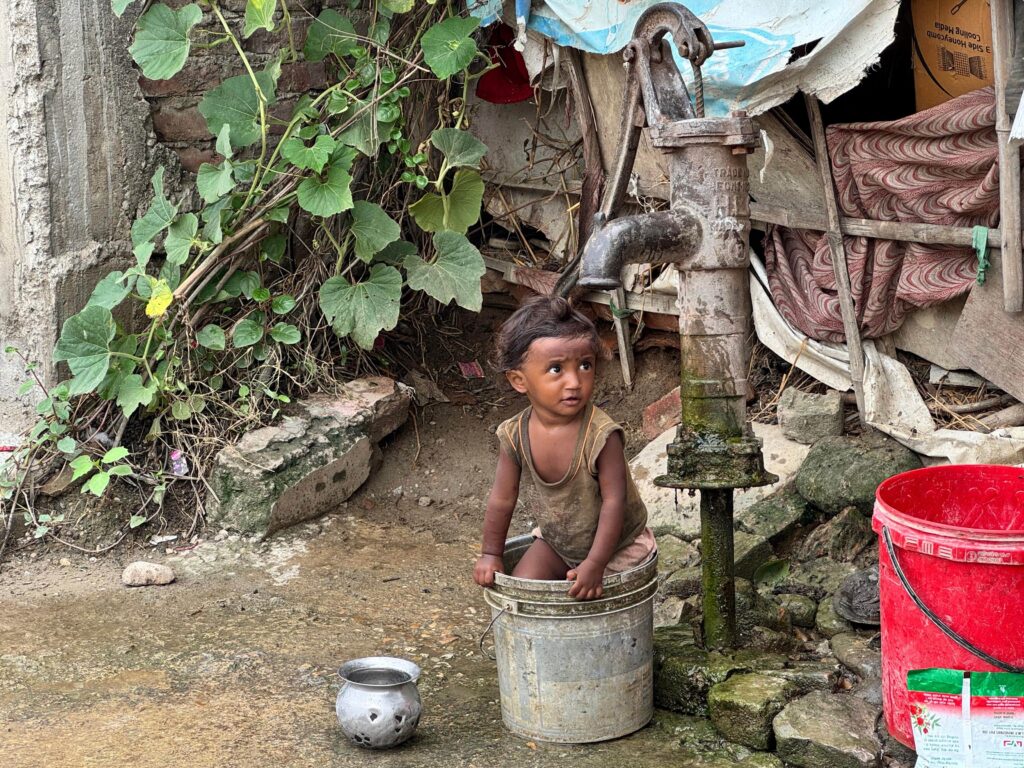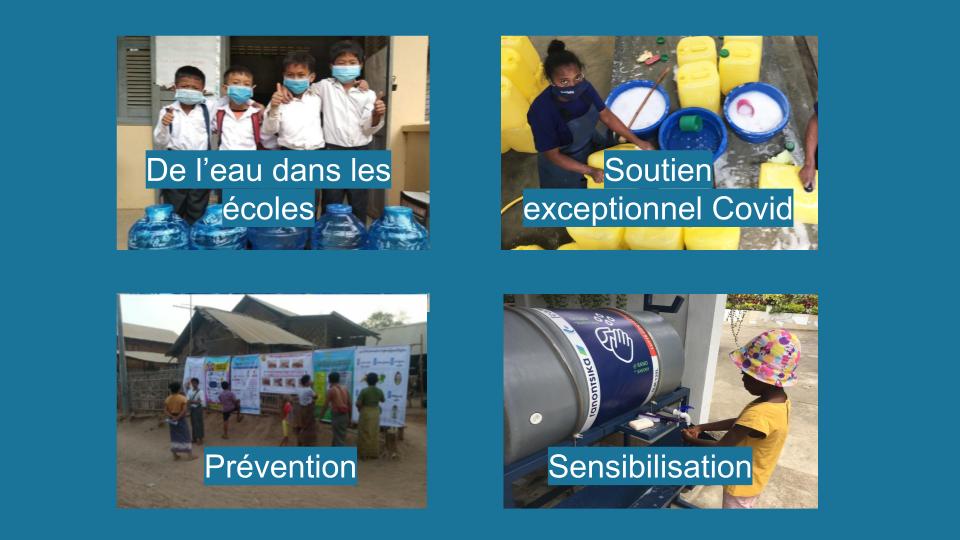Nepal: A Practical Response to the Water Crisis
A project shaped by the local context

Based in Kathmandu, Anisha has led the design of 1001fontaines’ first project in Nepal since early 2024.
“We spent the past 11 months understanding the realities on the ground to determine how best to complement existing water systems,” she explains.
Two municipalities have already been shortlisted to host the pilot project, which is currently in the official registration phase.
A region hit hard by the water crisis
In the province, more than 70% of residents rely on groundwater, often accessed via hand pumps. These sources are now heavily contaminated with iron, bacteria, and, increasingly, manganese.
Between March and July 2025, most hand pumps dried up, and the province was declared a disaster-hit zone due to delayed monsoons. Moreover, only 15% of households have access to a public water network, often supplied intermittently for just 3–5 hours a day.

A complementary and sustainable solution
To meet these challenges, 1001fontaines will provide a reliable alternative: high-quality drinking water produced locally and delivered directly to homes in 20-liter reusable jars.
The project will also include a social program to ensure access to safe water for the most vulnerable households.
“Some castes still live on the fringes of society. We want to work with local authorities to ensure they have free access to safe drinking water,” explains Anisha.

More than water: a lever for empowerment
This project is primarily aimed at improving population health, but its ambition extends well beyond that goal: Access to safe drinking water saves up to four hours per day — time often spent by women and girls collecting water — allowing them to focus on their education, or income-generating activities.
“This project shows that practical, sustainable, and complementary solutions exist to tackle Nepal’s water crisis,” says Anisha.
With this initiative, 1001fontaines aims to demonstrate that reliable, affordable access to drinking water can become a reality, even in Nepal’s most vulnerable areas.

